#design
Rare Rides Icons: Lamborghini's Front-Engine Grand Touring Coupes (Part III)
After Lamborghini’s 350GTV show car debuted in Turin, Ferruccio Lamborghini was very intent on turning the coupe’s good publicity into sales of a real production Lamborghini. But the prototype lacked running gear, an engine that fit under its hood, and there were many other miscellaneous issues. As we learned last time, redesign work began on the GTV’s chassis, engine, and body at a furious pace. That’s where we pick up today.
Rare Rides Icons: Lamborghini's Front-Engine Grand Touring Coupes (Part II)
We return to our coverage of Lamborghini’s front-engine grand touring coupes today, and the story of the company’s first prototype. A teardrop-shaped two-door with sweeping lines and an angular rear, the 350GTV was the first passenger vehicle Ferruccio Lamborghini ever made. His past experience was as a successful businessman and builder of stylish Italian tractors at Lamborghini Trattori.
The high-strung 3.5-liter V12 was completed (albeit in race car specification) and the coupe’s body had been casually assembled by the craftsman of Carrozzeria Sargiotto, who usually made plastic moldings and not cars. Was the next stop the 1963 Turin Auto Show? Nope.
Rare Rides Icons: The Lincoln Mark Series Cars, Feeling Continental (Part VII)
The Continental Division was in a very difficult place when it designed an all-new Mark III as the (sedan only) replacement for the slow-selling and super expensive Continental Mark II coupe. As we learned last time, shortly after the Mark II went on sale the Continental Division was already on its last legs. It continued to lose money hand over foot after Ford’s huge initial investment and was doomed to a quick closure.
And so it was the 1956 and 1957 Mark IIs became the only Continental Division product and the only Marks that were hand-assembled in a factory-built, especially for Continental. After Continental’s closure, Ford’s new VP of passenger vehicles Lewis Crusoe quickly dismantled the division and integrated its employees into Lincoln. The Continental factory became the Edsel factory, and the three extant Mark III prototypes became a burden.
Rare Rides Icons: Lamborghini's Front-Engine Grand Touring Coupes (Part I)
I was reminded the other day (by Facebook) about a particularly beautiful coupe I’d photographed at a local car show in 2014. It had two doors, a big engine in the front, svelte and restrained styling, and a Lamborghini badge on the nose. It’s easy to forget that Lamborghini made elegant grand touring coupes long before it got to the likes of the outrageous Countach or LM002. We start at the beginning, with the company’s very first prototype, the 350GTV.
Rare Rides Icons: The Lincoln Mark Series Cars, Feeling Continental (Part VI)
We pick up the story of Lincoln’s Mark series cars once again today, at a low point in the coupe’s history. The intensely expensive development and launch of the new Continental marque arrived at exactly the wrong time for Ford.
Shortly after the family-owned company spent $21 million ($227 million adj.) on the launch of its new super-luxury brand, the company had its IPO. That meant the big money poured into the black hole that was Continental was visible to everyone who cared to see, including shareholders. The pressure was just too much, and the Continental brand was canceled in 1956 by Henry Ford II, just a year after the Mark II entered production.
But let’s back up a year, right as the Mark II went on sale. Management of the Continental Division knew the singular, hand-assembled model was not enough to keep the company going. They needed to save and make more money, and fast.
Rare Rides Icons: The Lincoln Mark Series Cars, Feeling Continental (Part V)
We arrive today at the fifth installment of our Rare Rides Icons coverage on the Lincoln Mark series cars. Thus far we covered the first Continental of the late Thirties, and Ford’s desire to go ultra luxury with the Mark II sold under the newly minted Continental Division. The Mark that debuted for the 1956 model year was Mid-century in its styling, built of top quality components, and constructed in a methodically controlled manner via a QC program that consisted of seven initiatives.
It was time to put the new Continental Mark II coupe on sale.
Rare Rides Icons: The Lincoln Mark Series Cars, Feeling Continental (Part IV)
We return to our Lincoln Mark series coverage today, in the midst of learning about the first Mark of the line, the Continental Mark II. The Mark II aimed to carry on the tradition set by the gracious Continental of the Forties, and take Ford to new heights of luxury, desirability, price (and thus exclusivity), and quality. The latter adjective is where we’ll focus today; it was certainly the focus of the folks at the Continental Division prior to the Mark II’s release.
Rare Rides Icons: The Lincoln Mark Series Cars, Feeling Continental (Part III)
Today finds us at the third installment in our coverage of the Lincoln Mark series cars. So far we’ve covered the original Continental that ran from 1939 to 1948 and learned about the styling decisions that made for the most excellent Midcentury Continental Mark II. The Mark II arrived to herald the birth of the new Continental luxury division at Ford. A division of Ford and not Lincoln-Mercury, Continental was established as the flagship of the Ford enterprise. We pick up circa 1952, with Cadillac.
Rare Rides Icons: The Lincoln Mark Series Cars, Feeling Continental (Part II)
We pick up our Lincoln Mark series again today, at a point where Ford’s executives were really not interested in selling a personal luxury coupe. The original Continental was developed as a concept at the request of Edsel Ford, who wanted a car to take on his spring vacation in 1939. After an informal debut in Florida, Edsel came back with 200 orders and the Continental entered production.
Halted by World War II, the Continental picked up where it left off and underwent a light reworking at the hands of Virgil Exner. But the end of the Forties were not kind to the likes of the V12 engine, nor did Ford want to create a new Continental to replace the decade-old one circa 1948. Continental went away, its name unused. Instead, Lincoln foisted reworked Mercurys as the Cosmopolitan and ignored personal luxury. The brand generally lowered the bar of exclusivity set by Continental and the K-Series cars, and made things more affordable to the upper-middle portion of the American consumer base. Things stayed that way at Lincoln for some time.
Rare Rides Icons: The Lincoln Mark Series Cars, Feeling Continental (Part I)
Rare Rides Icons concluded its 22-part series on the Imperial recently, as the long-running luxury model-brand-model exercise by Chrysler came to its timely end in 1993. Today we embark on a new luxury car series. It’s one you’ve asked for, and it’s also about luxury cars and will be an extensive series. Come along, as we consider the life and times of Lincoln’s Mark series cars.
2023 Lexus RZ Coming to U.S. With Steering Yoke
Lexus’ first EV, the RZ 450e, will reportedly be debuting with a yoke-style steering wheel that will be coming to the United States as an optional feature. While we’ve seen yokes on dedicated racing vehicles, their adoption by companies producing mass-market automobiles is fairly novel, and global firms have been generally hesitant to use them inside North America.
Lexus won’t be following suit and has already confirmed that its yoke will be available to RZ shoppers living in the U.S.
Weird Wheels: United Nude's 'Lo-Res Car' Up for Auction
If anybody has a soft spot for wedge designs and the automotive future envisioned during the 1970s, it’s yours truly. While mainstream vehicles being manufactured during the Malaise Era often left a lot to be desired, the concepts were sublime and led to some of the most unique-looking production cars in automotive history. I’m talking about cars like the Lancia Stratos, Lamborghini Countach, Lotus Esprit, BMW M1, De Tomaso Pantera, and DeLorean DMC-12. Toss in the digital dashboards that were gradually appearing in standard passenger cars during the 1980s and you’ve reached the point where I would probably claim automotive styling reached its zenith after a few stiff drinks. But I’ve been told by those who can distinguish fetishization from appreciation that those designs weren’t perfect and kind of look the same when there’s enough squinting is deployed.
Apparently, someone took that premise and used it as a template for a modern prototype intended to help sell shoes. Though the company focused entirely on the basic shape of wedge cars, settling on a vehicle that resembles what a Countach might have looked like in a video game from two decades ago should the assets fail to load. Known as the United Nude Lo-Res Concept Vehicle, it’s probably one of the more-unique automobiles ever built and it’s yours for the taking now that the Petersen Automotive Museum doesn’t want it.
Opinion: How Hyundai and Kia Have Made Design a Strength
I got my first, in-person taste of the upcoming Kia EV6 this past weekend in Irvine, California. It was a beautiful 77-degree day spent amid rolling hills under blue, sunny skies – even the people I met were wonderful. They were tanned, attractive, “California” people who were cheerful and engaging. No matter what California sent to distract me, though, my eyes kept turning back to the EV6.
There’s simply no escaping it. The Kia EV6, especially in the matte metallic gray finish, is an incredibly good-looking car.
Rare Rides: A Prototype 1970 Porsche 914 Murene, by Heuliez
Today’s Rare Ride is the second vehicle in the series designed by French coachbuilder Heuliez, and was a one-off as part of a Porsche 914 styling competition.
Rare Rides: The Eagle Premier Story, Part VI (The End)
Today we wrap up our Rare Rides series on the orphan Eagle Premier (other five parts here), and discuss the boxy sedan’s important legacy at Chrysler.



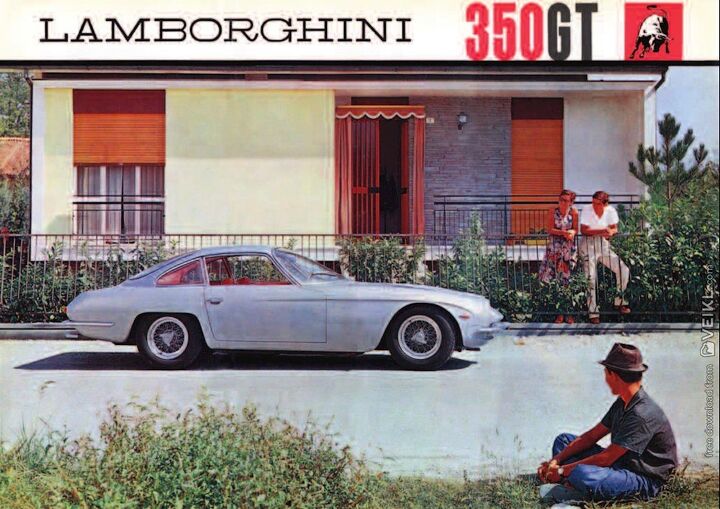



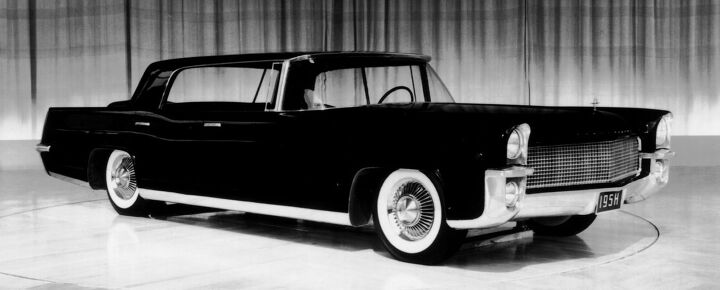
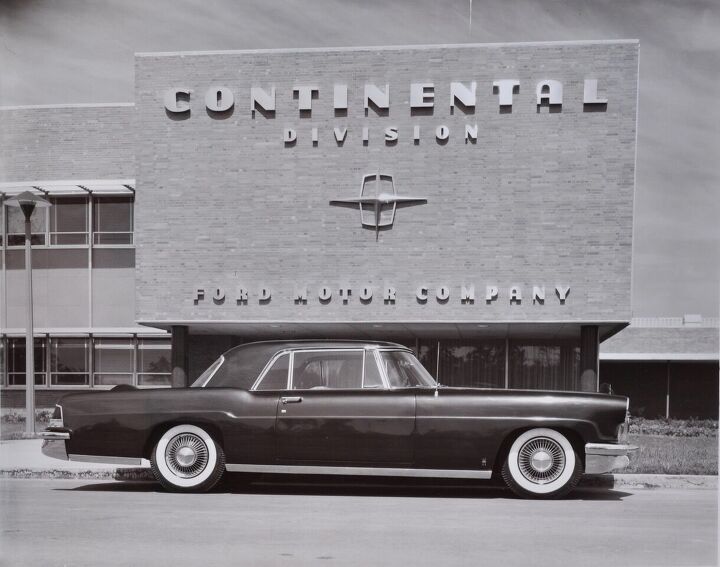
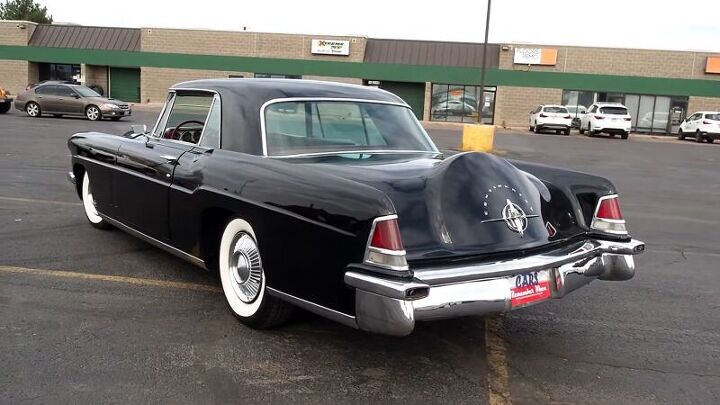


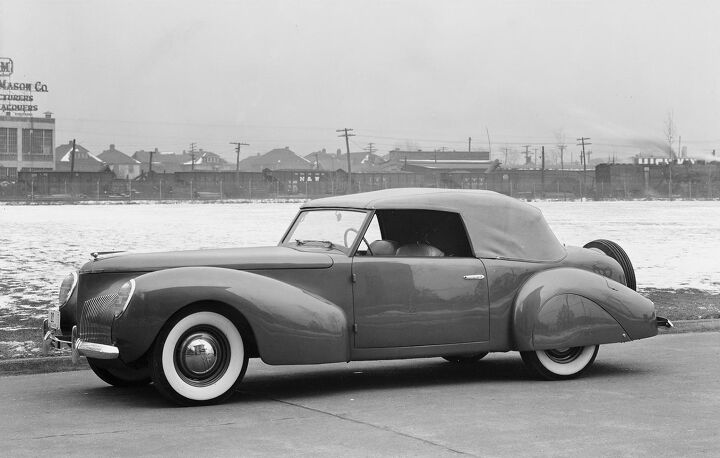
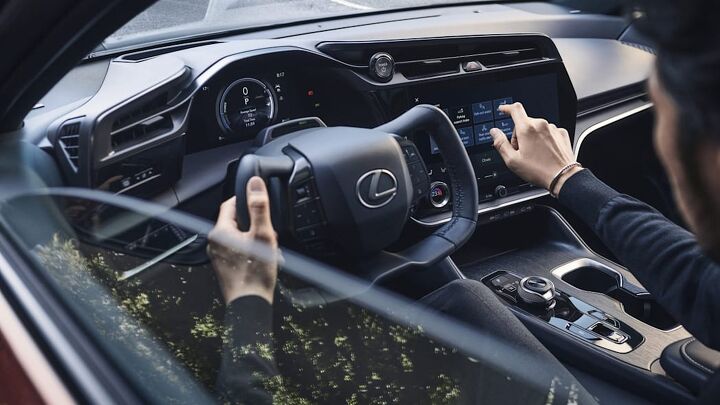
















Recent Comments